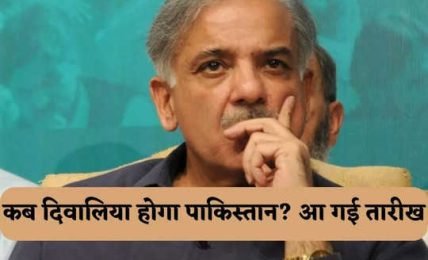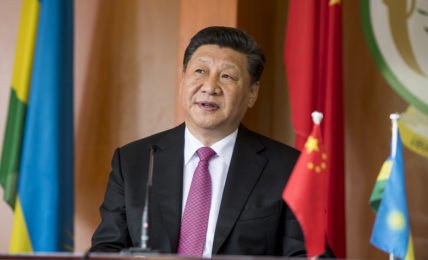Horrors of Partition: 1st hand accounts of Rape, Loot, Genocide, Betrayal, Treachery
"In one of the places called the New Ihatas all the Hindus and Sikhs were gathered, womenfolk in one line and men in the other. Before the very eyes of the parents, brothers and husbands, the young girls began to be selected. When one of the young men objected, the whole lot of the men standing there was shot."








